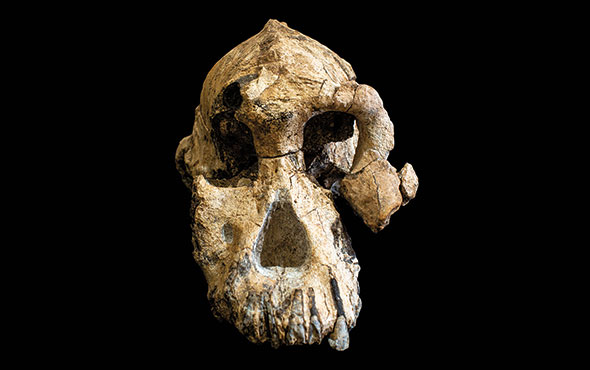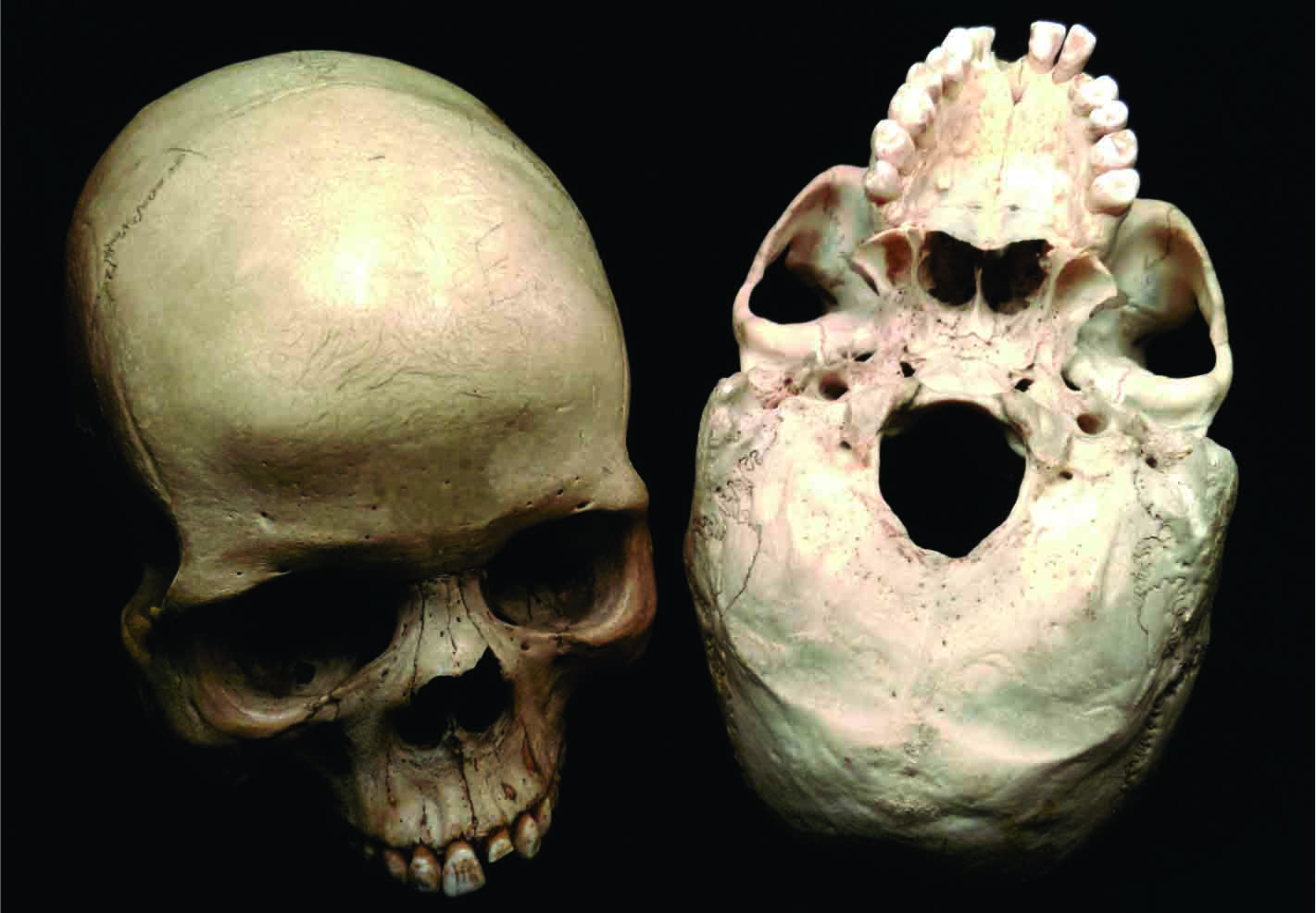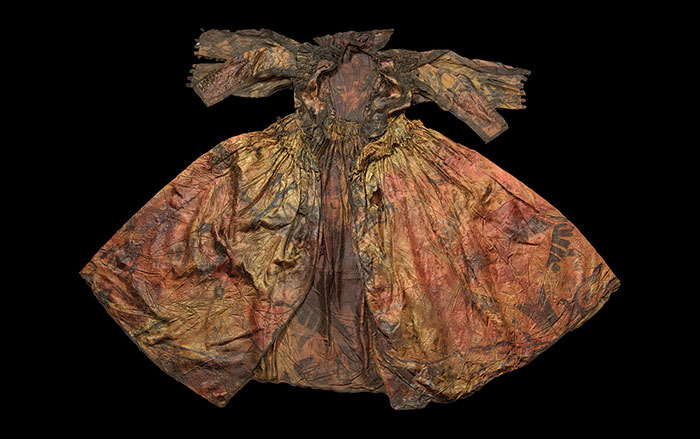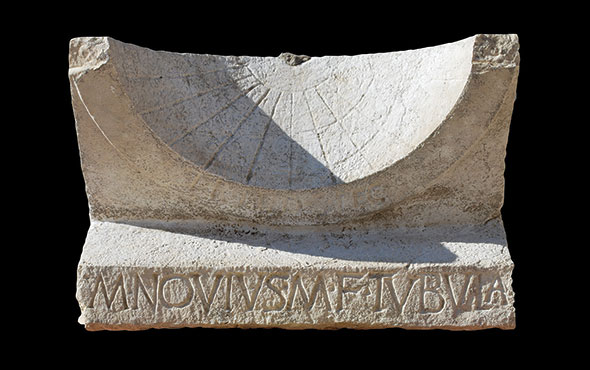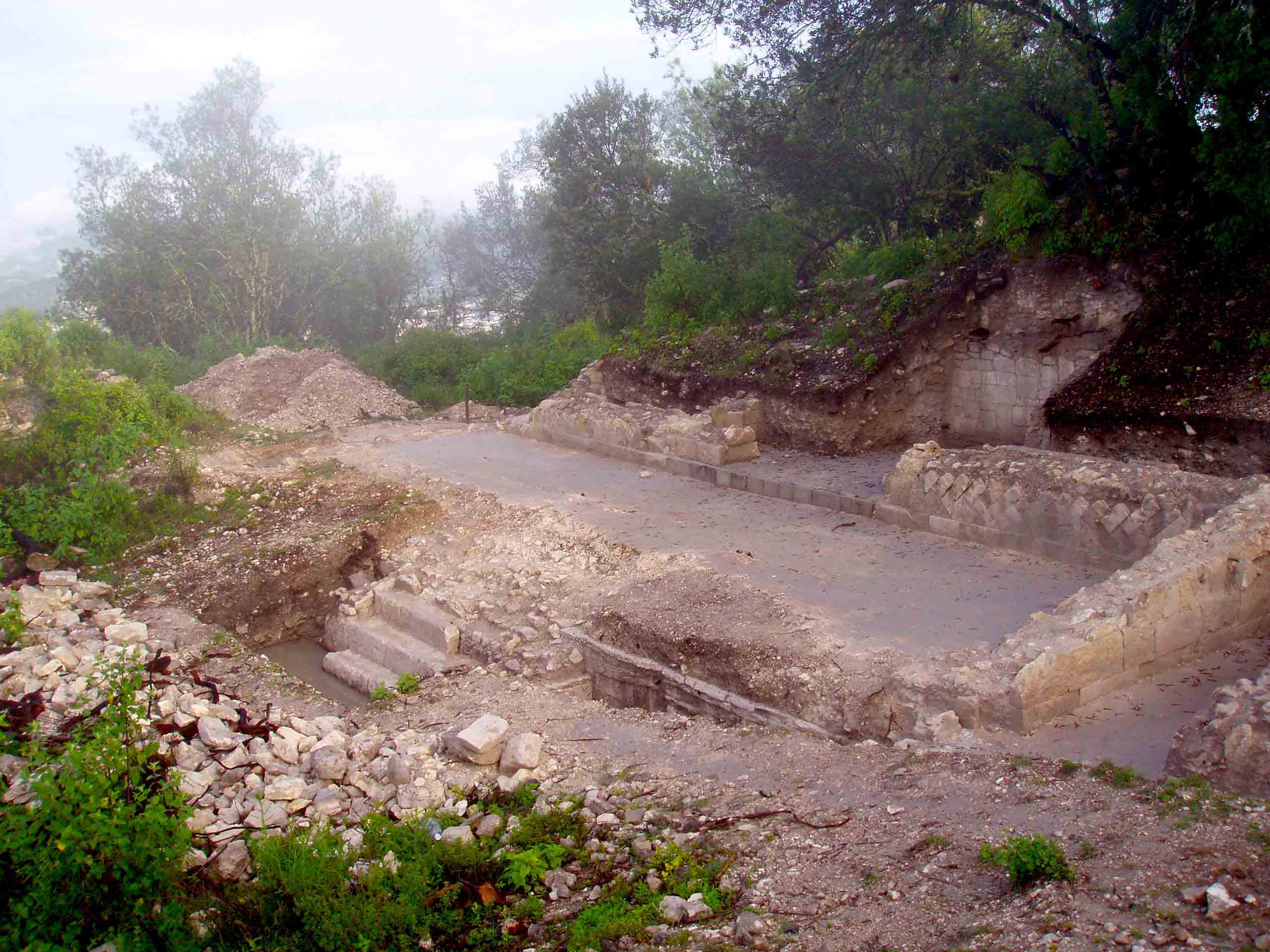
JENA, GERMANY—According to a report in The Atlantic, an international team of scientists led by archaeologist Eleanor Scerri of the University of Oxford argues that modern humans arose in different locations in Africa at different times, in a process called “African multiregionalism.” These groups of human ancestors are thought to have developed in isolation from each other, separated by geographical barriers, until climate change restructured the landscape and brought them together, and then eventually pulled them apart again. This model resembles a river braided together by many streams weaving into and out of each other, rather than an evolutionary tree with one trunk and many branches. For example, fossils from South Africa and Ethiopia, dating back 300,000 years, exhibit a complex mix of archaic and modern features. “People back then looked more different to each other than any populations do today,” Scerri explained, “and it’s very hard to answer what an early Homo sapiens looked like. But there was then a continent-wide trend to the modern human form.” Stone tools and other artifacts support this interpretation of the fossil record, she adds. The trend toward more sophisticated tools and other items is found across Africa, beginning about 300,000 years ago, and has not been traced to one region or one time period. To read more about our human ancestors, go to “Decoding Neanderthal Genetics.”



